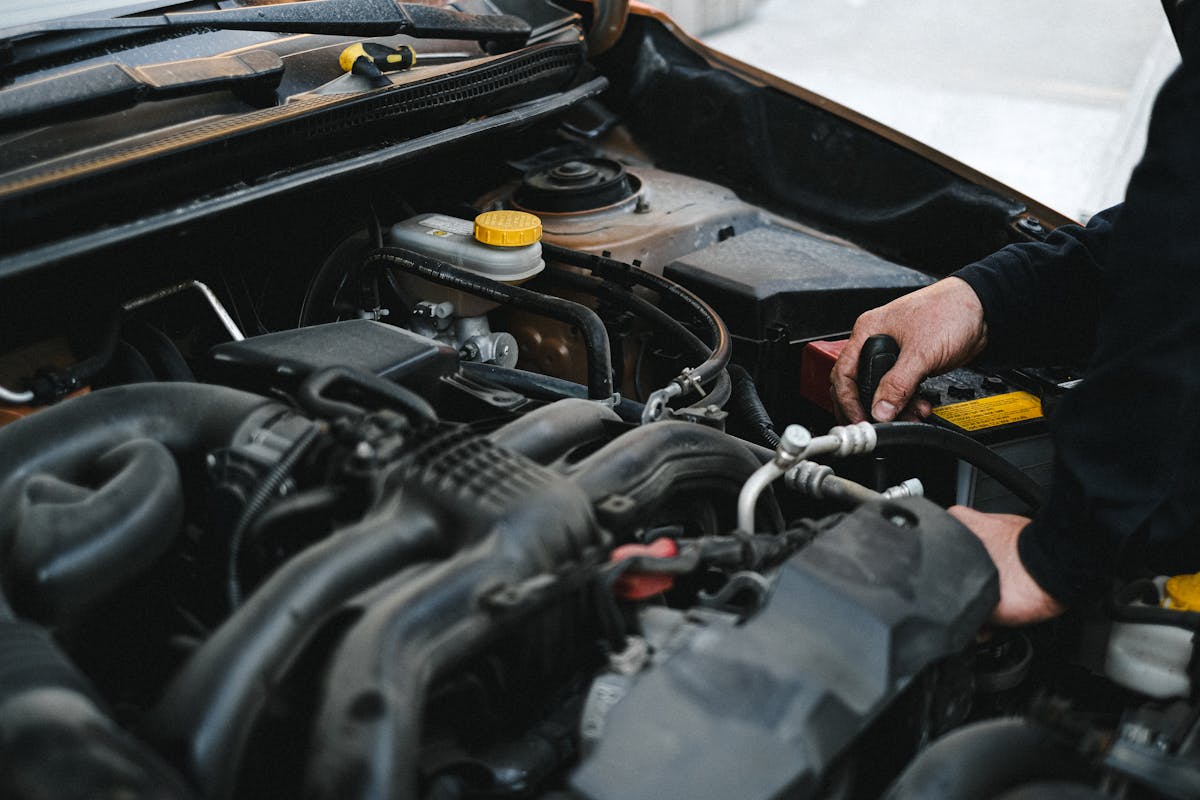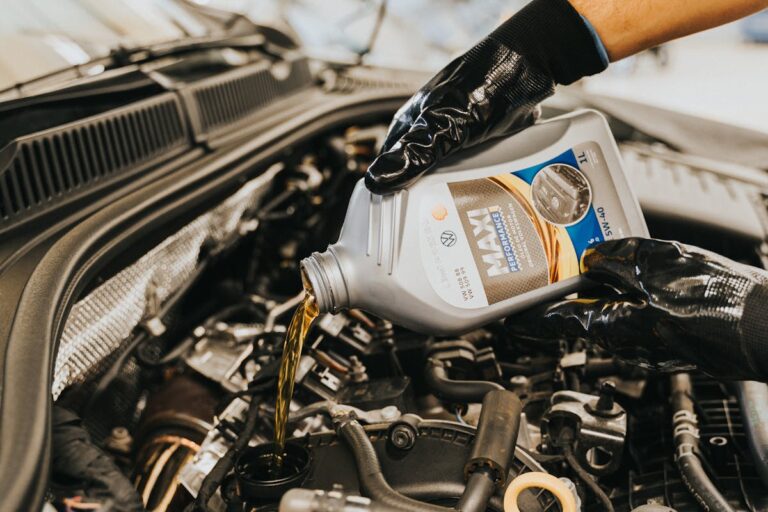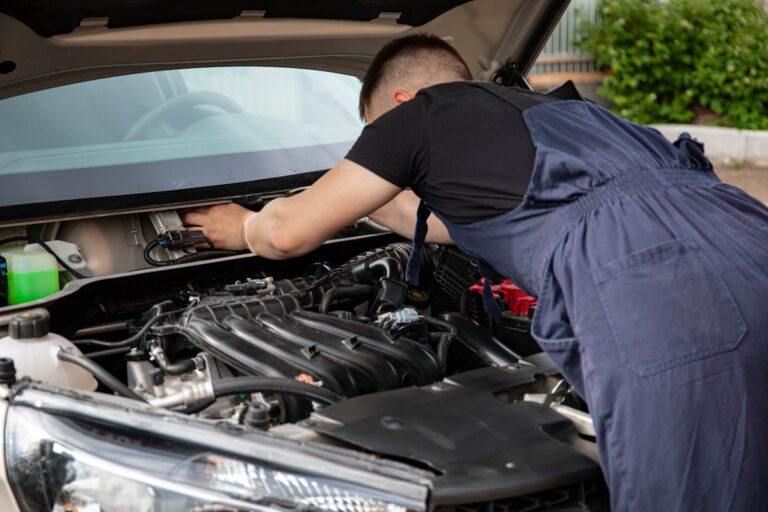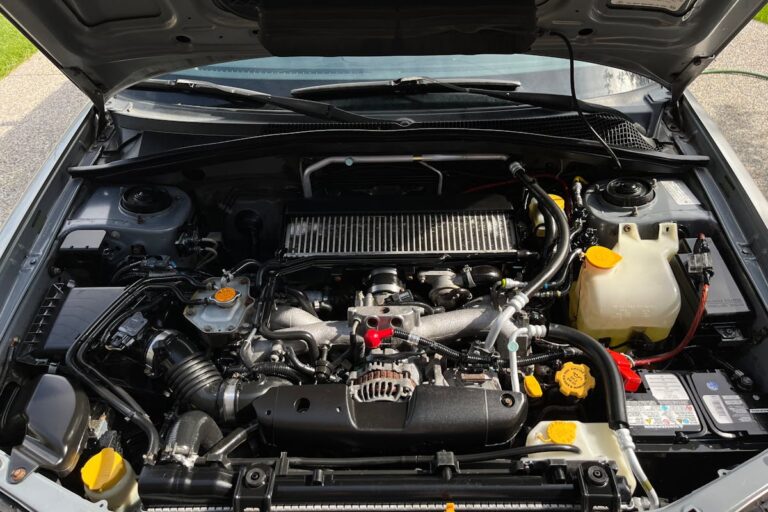How Do I Know if My Blower Motor Is Bad
As the heart of your HVAC system, the blower motor’s health is essential to the overall performance of your heating, ventilation, and air conditioning units. Recognizing the symptoms of a failing blower motor, such as inconsistent airflow, unusual noises, and underperformance, is important to maintain the system’s efficiency. However, some signs might not be as obvious as they seem. Consequently, raising the question, how does one accurately determine if their blower motor is bad? Let’s explore this topic further and discover how to properly identify and address blower motor issues before they escalate.
Understanding the Blower Motor
A blower motor, an integral component of your vehicle’s heating, ventilation, and air conditioning (HVAC) system, is designed to distribute air throughout the vehicle’s cabin. This technological marvel operates based on the principle of forced air movement and comes in various blower motor types, each with its unique characteristics and operational requirements.
The two main types of blower motors are the single-speed and variable-speed motors. Single-speed motors operate at a constant speed, providing a steady but unchangeable air flow. On the other hand, variable-speed motors can adjust their speed and airflow according to the temperature and ventilation needs, making them more efficient and flexible.
Regular blower motor maintenance is imperative to guarantee its longevity and peak performance. This involves routine checks for any signs of wear and tear, cleaning to prevent the build-up of dust and debris, and timely replacements of any faulty components. An adequately maintained blower motor not only promotes a comfortable vehicle environment but also contributes to the overall efficiency of the HVAC system. Understanding the different blower motor types and the importance of their maintenance is the first step towards diagnosing potential issues.
Importance of a Healthy Blower Motor
A blower motor in ideal condition is vital for the effective operation of an HVAC system, circulating air to maintain desired temperature levels. When malfunctioning, it presents distinct symptoms, such as ineffective air circulation, unusual noise, or an overworked HVAC system. As a result, understanding the functionality of a healthy blower motor and recognizing signs of failure is essential for timely intervention, minimizing potential damage and ensuring system longevity.
Blower Motor Functionality
Understanding the functionality of your blower motor is vital in maintaining the overall health of your HVAC system. This important component is responsible for distributing warm or cool air throughout your home or office. Its efficiency directly impacts the performance of your HVAC system and, consequently, your indoor comfort.
The blower motor types vary primarily in their speed functions. Single-speed motors operate at one set speed, generally producing a consistent air flow. On the other hand, variable-speed motors can adjust their speed to the precise needs of your HVAC system, offering greatly enhanced efficiency and comfort.
Blower motor maintenance is a critical aspect of maintaining its ideal functionality. Regular inspection and cleaning can help prevent dirt and debris buildup that can otherwise impede its operation. Additionally, lubricating the motor bearings can help reduce friction and prolong the lifespan of the motor. Electrical connections should also be checked to verify they are secure and free from corrosion.
Symptoms of Failure
Several clear indicators can point to a failing blower motor in your HVAC system, compromising its efficiency and your indoor comfort. The first sign to look for is inconsistent airflow. A faulty blower motor may produce insufficient airflow, causing inefficient heating or cooling. Another symptom is unusual noises such as squealing, rattling, or buzzing, which could indicate mechanical issues or worn-out components.
Furthermore, if the blower motor frequently overheats, it’s a glaring red flag of a potential failure. Overheating can be caused by a variety of factors including obstructed airflow or a malfunctioning capacitor.
Recognizing these symptoms early on can help you understand the significance of regular maintenance and preemptive repairs. As different blower motor types may exhibit unique symptoms, understanding the specifics of your HVAC system is vital. For example, belt-drive motors might squeak or squeal when the belt wears out, while direct-drive motors may experience reduced RPMs.
Maintenance tips to prevent these issues include regular cleaning to guarantee unrestricted airflow, lubricating the motor’s moving parts, and timely replacement of worn-out components. Regular inspection by a professional can also help detect potential problems early, preventing costly repairs or replacements.
Common Symptoms of a Failing Blower Motor
Notably, there are distinct signs that may indicate a faulty blower motor in your vehicle. During regular blower motor maintenance, these indicators may become apparent, therefore, understanding them is essential for effective blower motor troubleshooting.
One prime symptom is inconsistent operation. Your blower motor may function intermittently or fail to work at certain speeds. This irregularity can signify a compromised blower motor resistor, a key component in controlling the fan speed.
Another sign relates to the climate control system’s performance. If you notice that the system is incapable of producing adequate air pressure or the expected temperature, it might denote a failing blower motor. This often results from a worn-out motor unable to maintain the required rotations per minute (RPMs) to generate sufficient airflow.
Lastly, inspect for physical signs of damage. Burnt wiring, visible wear on the motor shaft, or a bloated capacitor are all tell-tale signs of a potentially failing blower motor.
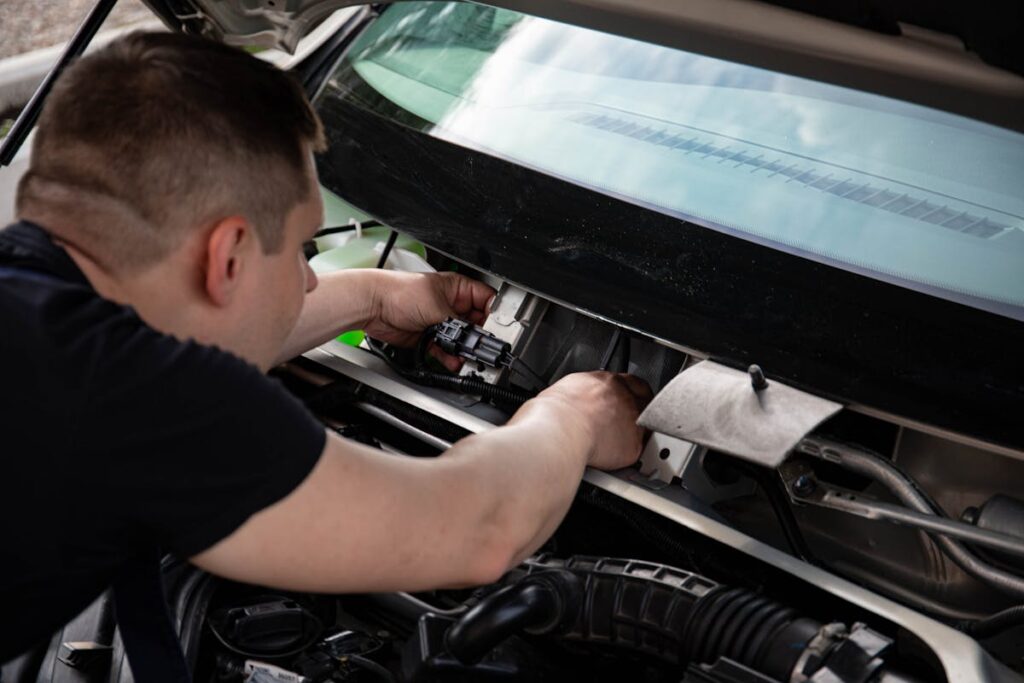
Unusual Sounds From Blower Motor
Unusual noises originating from the blower motor can be a significant indication of potential issues, and understanding these sounds is essential in diagnosing motor problems. These noises typically stem from various causes, ranging from mechanical malfunctions to electrical system irregularities. In the following discussion, we will dissect the process of identifying such noise issues and explore the common causes behind these peculiar sounds.
Identifying Motor Noise Issues
In the domain of blower motor functionality, the presence of unusual noises can often be a clear indicator of a problem. Identifying these issues is a matter of careful observation and analysis. Key to the process is understanding the nature of sound produced by a healthy blower motor – a quiet, even hum, distinct from the rattling, grinding or whining sounds that may signal trouble.
The first step in identifying motor noise issues is to listen for anomalies in the motor’s acoustic profile. Motor vibration, for instance, can produce a distinct, irregular noise. A well-functioning blower motor operates with minimal vibration, so this could be a sign of a problem. It is crucial to take note of when these noises occur – during startup, operation, or shutdown – as this can provide valuable clues about potential issues.
Sound analysis plays a critical role in diagnosing blower motor problems. Using specialized equipment, technicians can capture and analyze the acoustic spectrum of a motor, identifying unusual sounds that may be beyond the range of human hearing. This analysis can help pinpoint specific issues, leading to more effective troubleshooting and repair.
Causes of Strange Sounds
Blower motor malfunction can often be traced back to a handful of root causes, chief among them being unusual noises. These sounds can be indicative of various problems that can arise with the blower’s mechanical or electrical components. Proper sound interpretation is an essential skill in blower maintenance as it can prevent minor issues from escalating into major ones.
One typical sound that warrants attention is a high-pitched squealing noise. This often suggests a problem with the motor’s bearing or belt. When the blower motor’s bearings are worn out, they produce a high-pitched noise. Similarly, a worn or loose belt can create a similar squealing sound.
A grinding noise, on the other hand, often signals that the motor’s bearings are failing and need immediate replacement. A humming sound can indicate an electrical issue, such as a faulty capacitor or an issue with the motor’s wiring.
Lastly, a rattling noise could suggest a loose component within the blower assembly that needs to be tightened. Understanding these sounds and their implications can be vital in maintaining the longevity and efficiency of the blower motor.
Inconsistent Airflow as a Warning Sign
When attempting to detect problems with your blower motor, one key indicator to contemplate is the inconsistency in airflow. This irregularity, often manifested as airflow fluctuations or an airflow imbalance, can be a telltale sign of a failing blower motor.
Airflow fluctuations refer to the variable air output from your HVAC system, measurable by the volume of air the system circulates within a given period. If these fluctuations occur without any changes in the system’s settings, this could indicate a problem with the blower motor.
An airflow imbalance, on the other hand, means different areas in your space are experiencing different levels of air circulation. This imbalance could be due to blockages in the ductwork or a malfunctioning blower motor.
Consistent airflow is essential in maintaining the comfort and air quality in your space. Inability of the blower motor to deliver stable airflow can lead to uneven heating or cooling, increased energy consumption, and poor indoor air quality.
Therefore, recognizing these signs of inconsistency in airflow can play an important role in early detection and rectification of blower motor issues, potentially saving time, money, and unnecessary discomfort.
Addressing a Non-Responsive Blower Motor
Should you encounter a blower motor that doesn’t respond or operate, it’s crucial to conduct an immediate and thorough investigation. A non-responsive blower motor is a clear indication of a substantial issue that requires your attention. This symptom is not as subtle as inconsistent airflow; it’s a direct sign that your blower motor may be failing.
Blower motor troubleshooting requires a systematic approach. Begin by examining the electrical connections. A loose or disconnected wire can often be the culprit behind a non-functioning blower. Also, verify whether the motor is receiving power by using a multimeter.
Further, consider these critical factors:
- Check for blown fuses or tripped circuit breakers
- Inspect the relay for any signs of damage or wear
- Assess the capacitor to verify it’s functioning correctly
Professional Blower Motor Diagnosis
While it’s possible to perform preliminary checks and basic troubleshooting on a non-responsive blower motor, there are instances where the complexity of the problem surpasses the scope of a layperson’s expertise. In such situations, a professional blower motor diagnosis becomes imperative.
Blower motor testing by a trained technician involves rigorous checks, which include electrical and mechanical inspections. The professional assessment begins with a thorough examination of the motor’s electrical connections, as poor or corroded connections can lead to motor malfunction. Utilizing advanced diagnostic tools, the professional will measure the voltage and resistance levels, ensuring they are within the manufacturer’s specified range.
Additionally, the technician will inspect the motor’s windings for signs of overheating or damage, which can disrupt the motor’s functionality. A detailed blower motor repair process involves rectifying these faults, ensuring that the motor operates at optimum efficiency.
Lastly, the professional will examine the motor’s bearings and shaft for signs of wear or damage. Unusual noises or excessive vibrations often indicate problems in these areas. By addressing these issues promptly, a professional can extend the life of your blower motor, thereby saving you the cost of premature replacement.
Replacing Your Bad Blower Motor
In the unfortunate event that your blower motor fails completely, replacement becomes the only viable solution. It is essential to know the correct blower motor types and their specific installation procedures. Equally important is understanding how to maintain the new motor to guarantee longevity and peak performance.
Before replacing a blower motor, consider the following:
- Identify the correct blower motor type: Blower motors come in two types – single speed motors and variable speed motors. The type of motor you choose depends on the HVAC system in your home.
- Understand the installation procedure: Proper installation is critical to the performance of the blower motor. This task is usually best left to a professional to avoid any potential issues.
- Maintain your new motor: Regular blower motor maintenance is essential to increase the lifespan of your new motor. This includes cleaning and lubricating the motor regularly.
Frequently Asked Questions
What Are the Costs Involved in Replacing a Bad Blower Motor?
Blower motor replacement costs typically range from $300 to $600, including parts and labor fees. Factors such as the vehicle’s make and model, part prices, and local labor rates can greatly influence the final cost.
Can a Faulty Blower Motor Affect My Vehicles Fuel Efficiency?
Yes, a faulty blower motor can indeed influence your vehicle’s fuel efficiency. This is because it impacts the engine performance, causing it to work harder, which subsequently leads to an increase in fuel consumption.
How Often Should I Get My Blower Motor Checked for Maintenance?
The frequency of blower motor maintenance checks depends on its lifespan and usage. However, for peak performance, it is advisable to include it in routine maintenance, typically every 12,000 to 15,000 miles or once annually.
Does a Bad Blower Motor Impact the Performance of My Air Conditioning System?
Yes, a faulty blower motor greatly impacts your air conditioning system. It often results in airflow issues and increased noise levels, thereby hampering overall performance and efficiency of your air conditioning unit.
Can I Replace a Bad Blower Motor Myself or Do I Need a Professional?
Blower motor troubleshooting can be complex. DIY replacement is possible with the right tools and expertise. However, improper handling can lead to more issues. In most situations, a professional’s assistance is recommended for replacing a bad blower motor.
